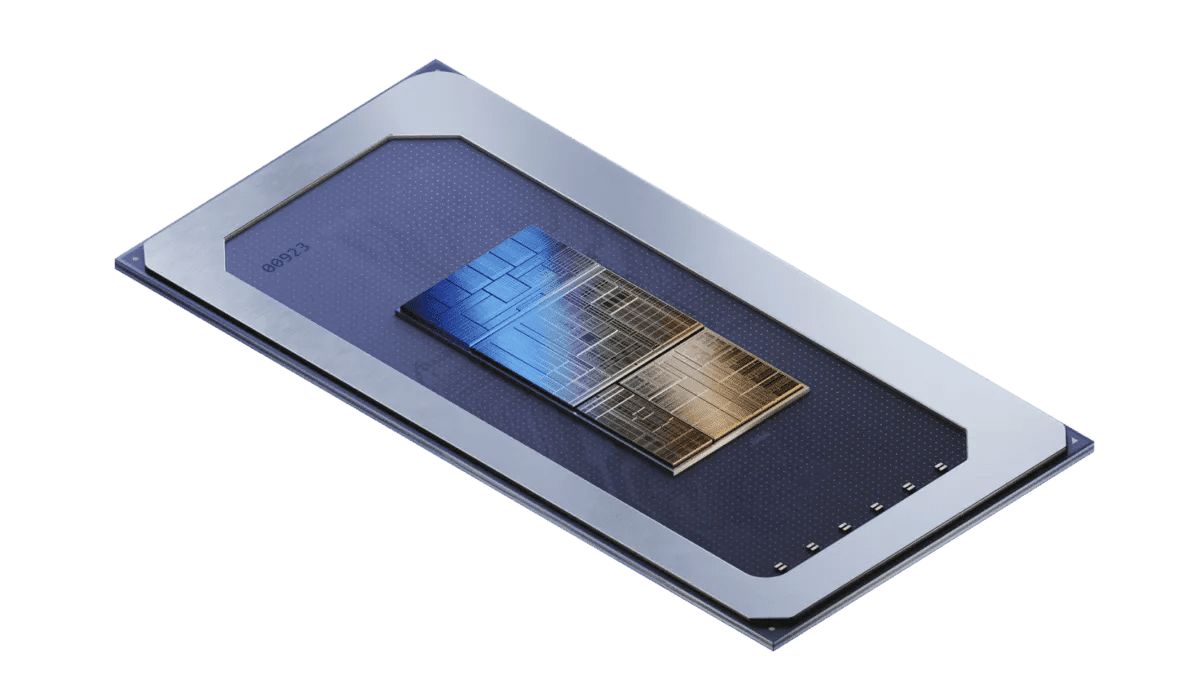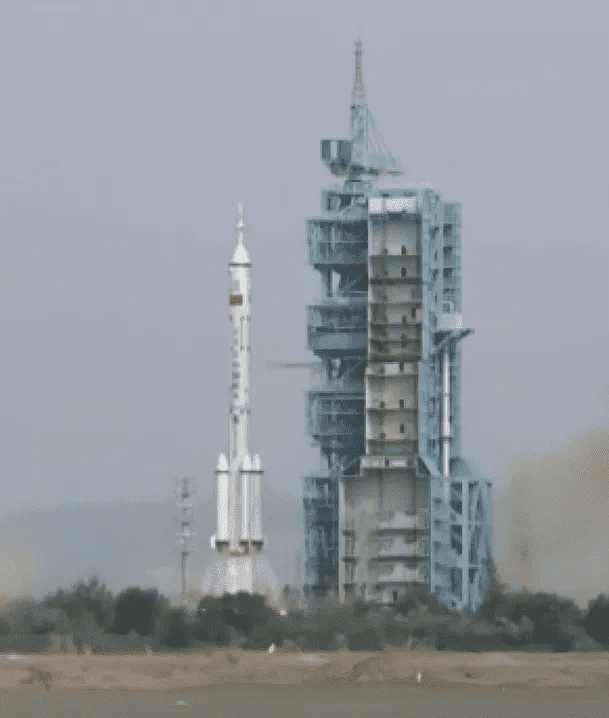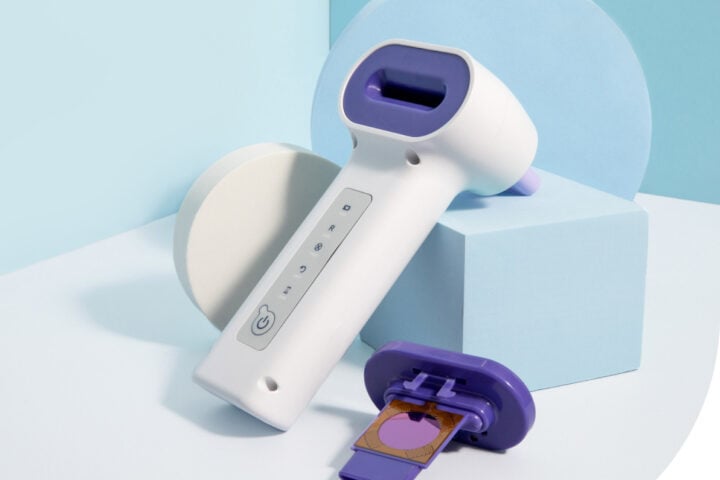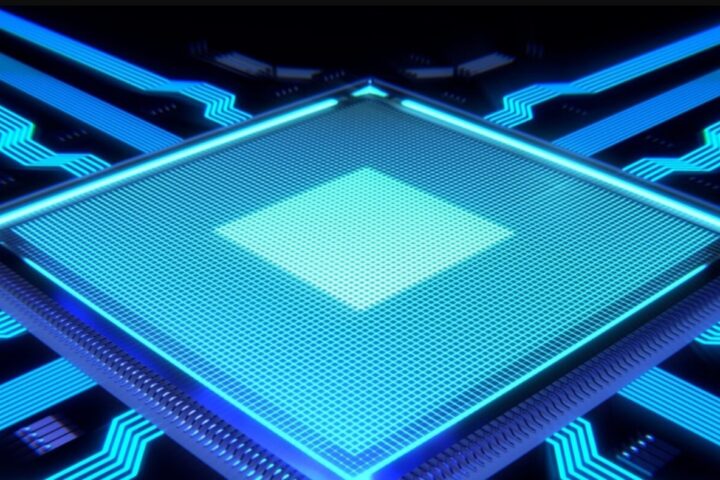Intel plans to incorporate VPU technology acquired from Movidius into its upcoming Meteor Lake client CPUs. VPUs are already present in some 13th-gen Core silicon from Intel, and their inclusion in Meteor Lake was discussed at Computex. The VPU acronym stands for Vision Processing Unit, and it is essential for handling AI workloads beyond just vision processing.
John Rayfield, Intel’s VP and general manager of Client AI, emphasizes the need for dedicated AI silicon in PCs due to the prevalence of AI in various workloads. Video conferences and games heavily rely on AI, while tools like Stable Diffusion and GPT-like models are popular on PCs. Intel is preparing for the launch of Meteor Lake and showcasing its vision for client-side AI inference at Computex.
The AI industry has seen significant growth, with hardware and software vendors exploring new possibilities and potential revenue opportunities. Intel’s subsidiaries, including Movidius and Habana Labs, contribute to the company’s AI hardware offerings. CPUs and GPUs are currently insufficient for AI workloads, leading to the introduction of VPUs in Meteor Lake.
Shifting AI workloads to the cloud is expensive and impractical, as users expect PCs to handle AI tasks efficiently. Meteor Lake will utilize Intel’s Foveros packaging technology to integrate the CPU, GPU, and VPU into a single SoC. CPUs will handle simple inference jobs with low latency, while GPUs will focus on performance parallelism and throughput.
Similar Posts
VPUs will be responsible for sustained AI workloads and offloading other AI-related tasks. The addition of AI hardware is a growing trend across the industry, from client devices to servers. Intel’s AI efforts for Meteor Lake include powerful AI hardware integrated into the SoC, known as the XPU block.
The XPU block is derived from Movidius’s VPU design and aims to provide advanced AI acceleration capabilities. AI on the desktop, embedded in applications or running locally, is expected to drive demand for Meteor Lake SoCs.
The VPU block will be a baseline feature available in all Meteor Lake-based parts, rather than a distinguishing feature. The VPU offers a low-power AI accelerator option between the integrated GPU and CPU for sustained AI workloads.
The GNA block, specializing in ultra-low-power operation, will also be retained for wake-on-voice and compatibility with existing software. The Meteor Lake VPU is likely focused on computer vision, similar to Movidius’s discrete VPUs. Intel’s plans for Meteor Lake’s VPU performance and functionality compared to AMD’s Ryzen AI block remain unknown.
Intel aims to lead the AI transformation in the client space and expects AI to revolutionize the PC user experience. Software development and utilization of AI hardware in the PC space are still in progress, with Microsoft and Intel’s collaborative efforts. AI-accelerated software can enhance tasks such as dynamic noise suppression and background segmentation.
Intel envisions moving server AI workloads to the edge and fostering new AI workloads on the client. The inclusion of AI hardware in CPUs is part of Intel’s strategy to create an AI ecosystem and transform the PC experience.


















